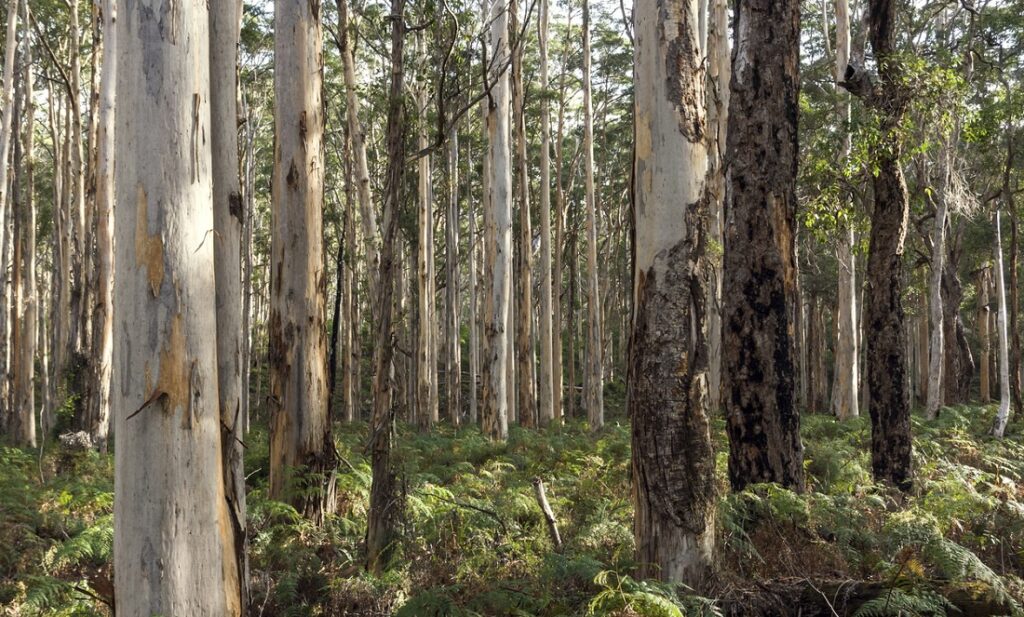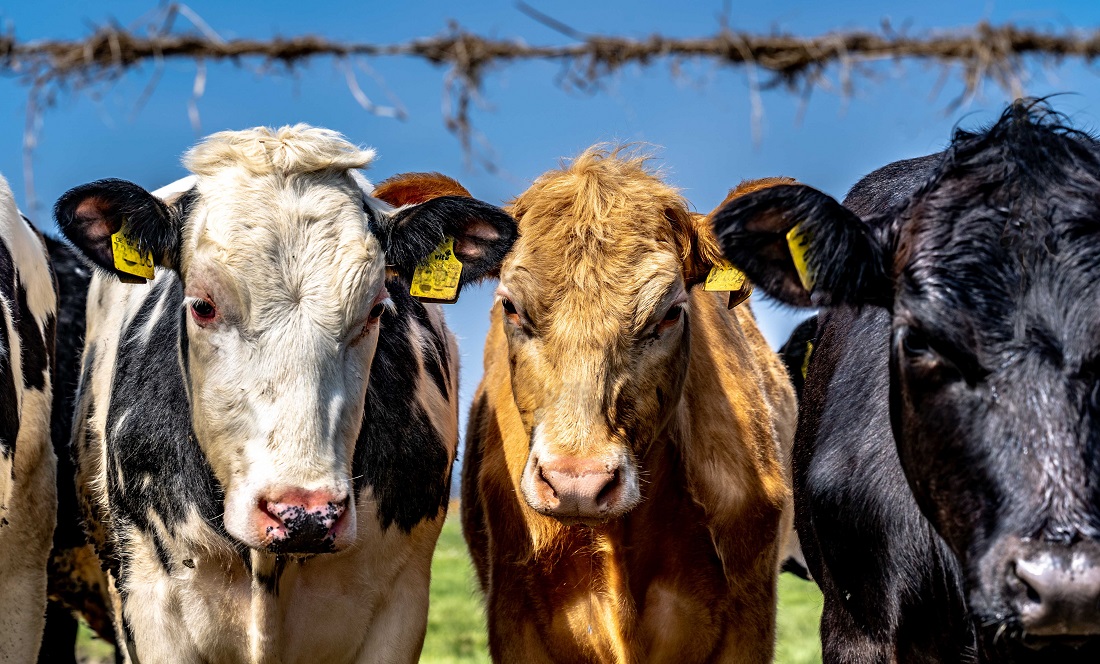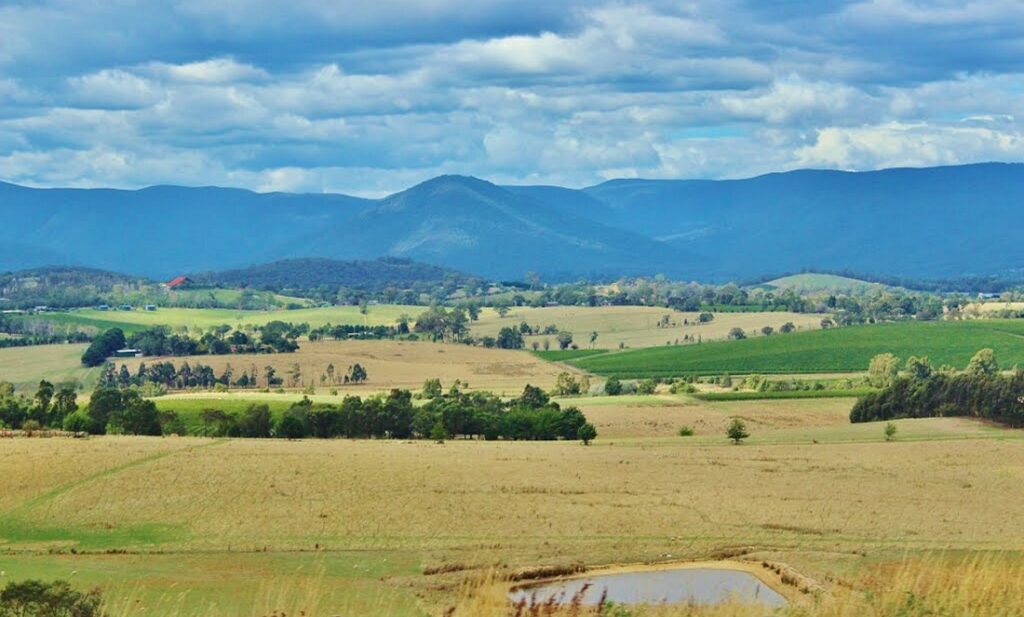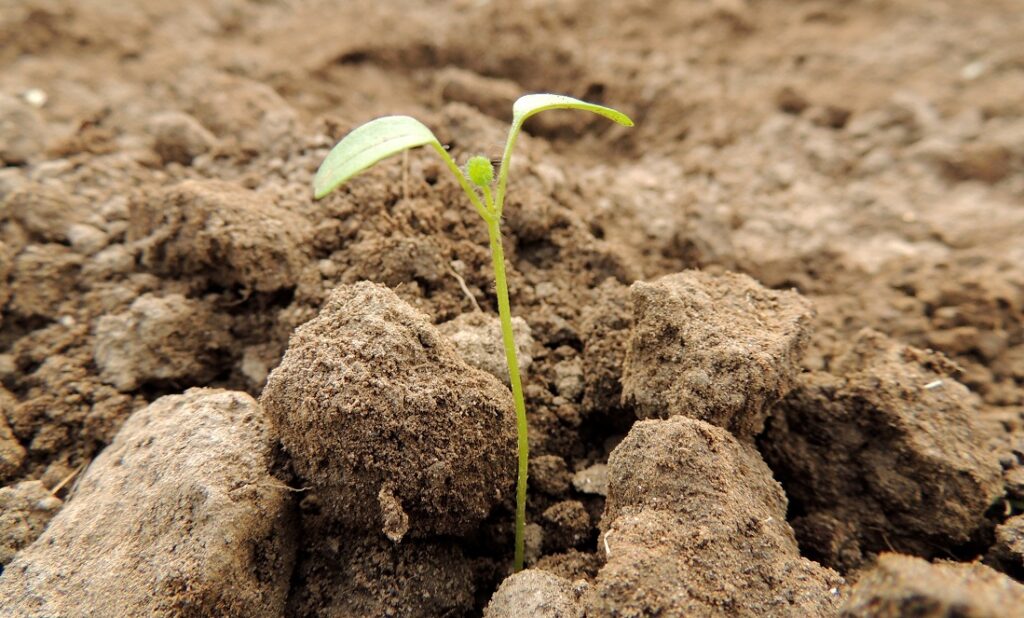Levels of CO2 in our atmosphere have dramatically increased in the last century. Practices like deforestation, cement production and the burning of coal and fossil fuels are mostly to blame. We should all know by now that this is a bad thing, as CO2 and other greenhouse gases contribute to global warming.
Carbon farming can help deal with this problem. It basically means following certain practices that reduce the levels of CO2 released to the atmosphere and help remove CO2 from the atmosphere.
Carbon farming can be done in more than one way, like by improving the way we plant crops or raise animals.
For example, landowners that would normally clear native forest for some farming practices instead agree to let the native plants grow for a period of at least 25 years.

Trees that are left to grow store carbon, a portion of which will be deposited into the soil, enriching it.
By allowing these plants to grow, there will be a reduction in greenhouse gas emissions. The idea is that, because you’re not getting gassy cattle or sheep in that plot, less greenhouse gases will be generated. Then, as a secondary benefit, the trees that are left to grow store carbon, a portion of which will be deposited into the soil, enriching it.
Besides all of the environmental benefits of carbon farming practices, there are also additional incentives. These are called carbon credits.
Credit where credit’s overdue
In Western Australia, the government is doing its part by supporting those who undertake carbon farming practices.
For every tonne of carbon that’s been stored or avoided by a farming project, a unit of carbon credit is earned.
On the flip side, each carbon credit allows a company to produce 1 tonne of pollution per year.
So, what does this mean for credit earners? Much like stock or money, there is a marketplace where you can sell these credits.
Big greenhouse gas-producing companies are always interested in buying carbon credits as this helps them comply with environmental regulations.

The initiative is backed by a whopping $2.55 billion provided by the Emissions Reduction Fund. The main goal of this fund is to reduce Australia’s CO2 emissions to specific targets.
Back in 2000, Australia’s CO2 emissions were at 547 tonnes of carbon dioxide equivalent (CO2e). Thanks to this fund, the carbon credits scheme is funded and working towards reducing these levels. The ongoing rate is about $13 per carbon credit.
But one thing to keep in mind is that generating carbon credits is just a small part of the deal.
More than money
Rob Sudmeyer, Senior Research Officer at WA’s Department of Agriculture and Food, explains that, at current carbon prices, the benefits obtained from carbon credits are best considered as an added benefit to an ongoing commercial practice, not the primary benefit.
“For farmers and pastoralists, carbon farming activities are best undertaken where they provide a clear productivity improvements or benefits, not just for the sake of generating carbon credits,” says Rob.
To date, more than 50 million carbon credits have been issued to various projects, and more credits are waiting for the environmentally conscious entrepreneur. So, if you’re up for giving back to the environment, get on board!











